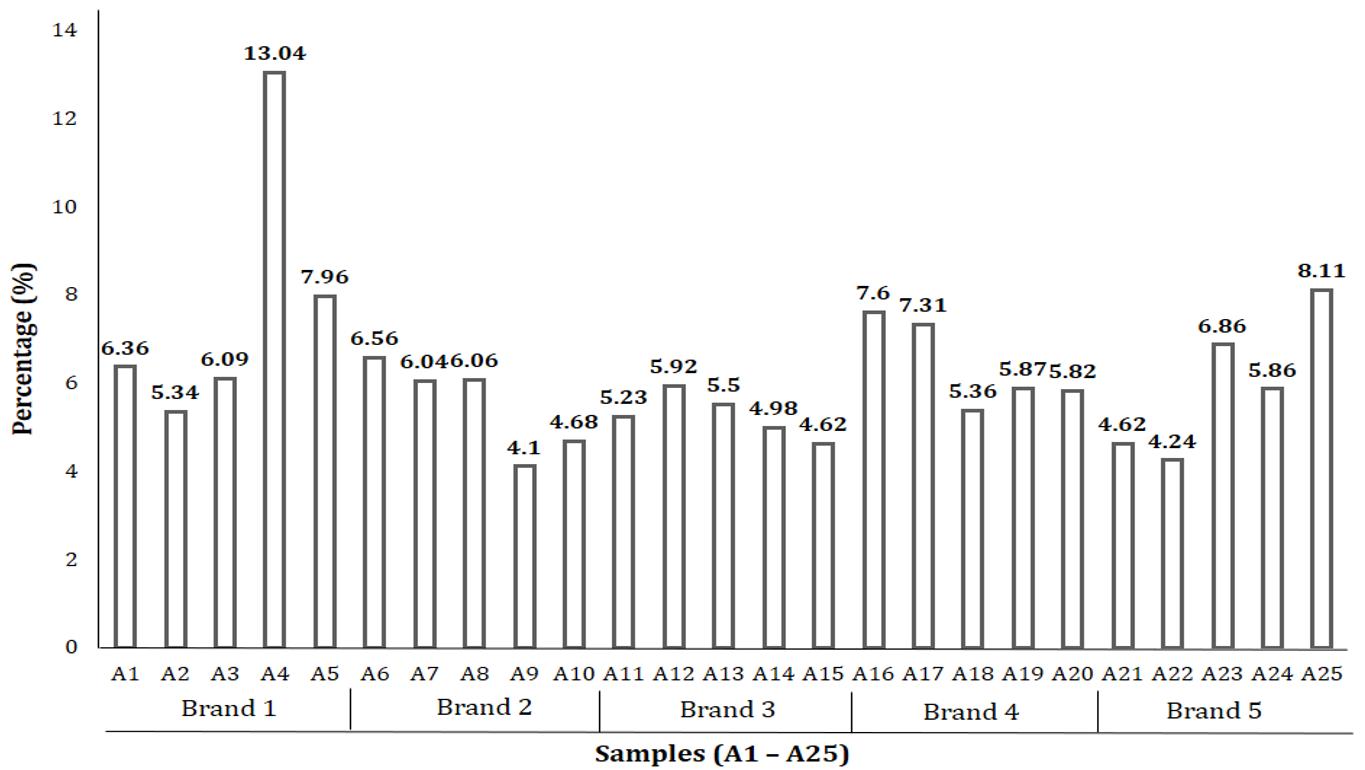Dripping test to assessment the water content in frozen chicken carcases commercialized in Ji-Paraná, Rondônia, Brazil
DOI:
https://doi.org/10.21708/avb.2021.15.3.9987Resumo
The growth in demand for chicken meat is due to the increase in demand for white meat, as they are considered tasty and at an attractive price. Therefore, the search for quality is essential. In Brazil, the water loss due to the melting of the carcasses is controlled by companies and by the Ministry of Agriculture, Livestock and Supply (MAPA) and, frequently, they analyze water loss from the carcasses above the limits required by the legislation. Given the assumption, the aimed of this study was to evaluate the water losses due to thawing in frozen chicken carcasses marketed in the municipality of Ji-Paraná, Rondônia, Brazil. There 25 carcasses of whole frozen chickens were evaluated, from six brands, lots and different establishments, submitted to standardized conditions for the performance of the Dripping test, in order to verify the percentage of water absorbed by the carcasses. It was found that 48% of the samples showed water loss beyond that allowed by the current legislation, which is 6%. When observing that almost half of the evaluated carcasses showed irregularities in relation to the legislation, it is understood that the companies that supply these products should be better inspected, carrying out Dripping test analyzes periodically to reduce or eliminate this type of crime.
Downloads

Downloads
Publicado
Edição
Seção
Licença
Autores que publicam na Acta Veterinaria Brasilica concordam com os seguintes termos: a) Autores mantém os direitos autorais e concedem à revista o direito de primeira publicação, com o trabalho simultaneamente licenciado sob a Licença Creative Commons Attribution que permite o compartilhamento do trabalho com reconhecimento da autoria e publicação inicial nesta revista. b) Autores têm autorização para assumir contratos adicionais separadamente, para distribuição não-exclusiva da versão do trabalho publicada nesta revista (ex.: publicar em repositório institucional ou como capítulo de livro), com reconhecimento de autoria e publicação inicial nesta revista. c) Autores têm permissão e são estimulados a publicar e distribuir seu trabalho online (ex.: em repositórios institucionais ou na sua página pessoal) a qualquer ponto antes ou durante o processo editorial, já que isso pode gerar alterações produtivas, bem como aumentar o impacto e a citação do trabalho publicado (Veja O Efeito do Acesso Livre).


 Esta obra está licenciada com uma Licença
Esta obra está licenciada com uma Licença 